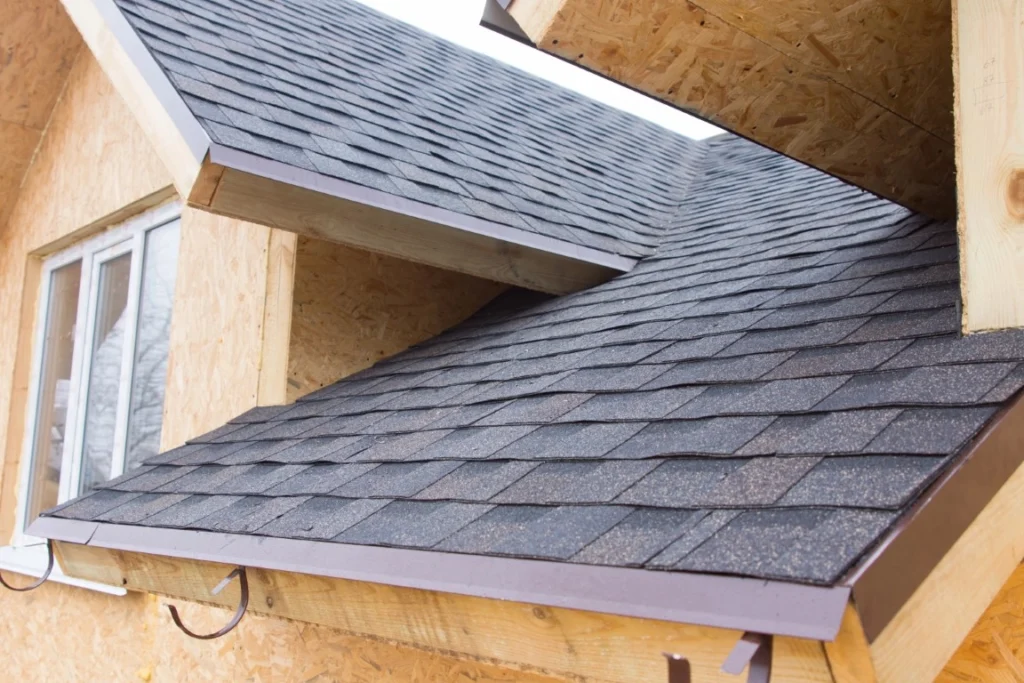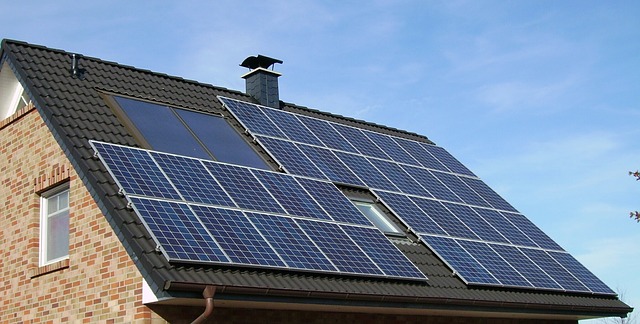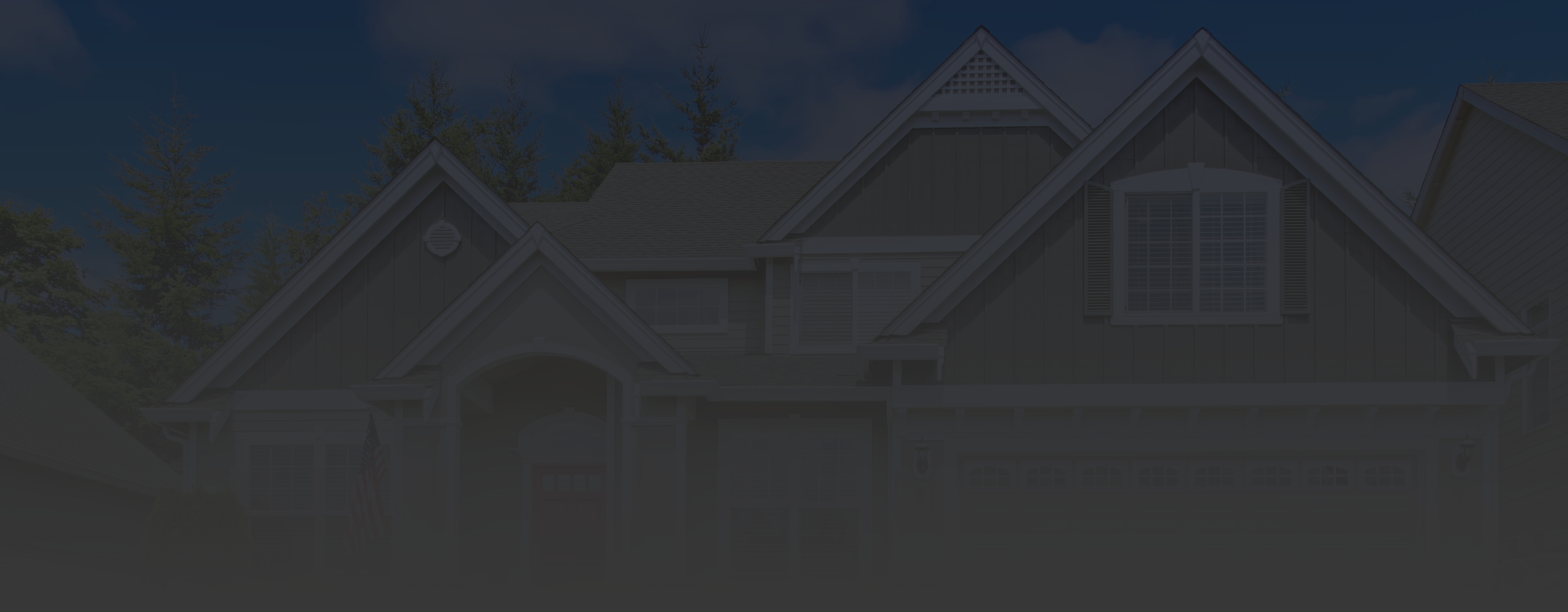
The angle or slope of your roof matters beyond just aesthetics and water drainage. Believe it or not, roof pitch also plays an important role in your home’s energy efficiency. Because the amount of sunlight that hits your roof depends on its angle in relation to the sun, roof pitch can affect everything from ventilation and air circulation to the efficiency of your solar panels, all of which contribute to energy usage.
Keep reading to learn more about roof pitch, its effects on energy efficiency, how to choose the proper pitch for your new roof, and the importance of consulting with roofing professionals.
What Is Roof Pitch?
Roof pitch refers to the slope of your roof — essentially, how steep it is. Unless your roof is one flat surface, it probably features multiple pitches that vary depending on architectural features (e.g. gables, hips, and gambrels).
You’ll likely see roof pitch expressed as a fraction, where the top number indicates the rise and the bottom number indicates the run. It’s the same way you find the slope of a line in algebra. For example, if the roof pitch is 5/12, that means it rises 5 inches for every 12-inch span.
Typically, roofs will have a slope between 4/12 and 5/12. Anything lower than 4/12 is considered low-slope, and anything higher than 5/12 is considered steep-slope.
How Roof Pitch Affects Energy Efficiency
Now that you know how roof pitch works, let’s explore how it affects energy efficiency, from impacting sunlight exposure to influencing ventilation and insulation.
Sunlight Exposure
The most significant way roof pitch affects energy efficiency is its role in solar heat gain. When sunlight hits your roof, it absorbs the heat from the sun. Depending on the pitch, the orientation of your home, and geographic location, the roof will absorb different amounts of sunlight.
This is where it gets tricky. In the winter, you want the sun to help warm your home, but in the summer, you want to keep your home as cool as possible. This is why it’s important to consult with a roofing expert when building a new home or replacing your roof. With the right pitch, you can optimize solar heat gain at different times of the year, relying less on your HVAC system to keep your home at a comfortable temperature.

Solar Panel Efficiency
If you have solar panels, the roof pitch plays a significant role in how much energy they’ll be able to absorb. The panels should be exposed to as much sunlight as possible throughout the day, so depending on how close or far from the equator you are, you may want to opt for a different slope.
Ventilation and Air Circulation
In addition to affecting solar heat gain, roof pitch can also influence attic ventilation and air circulation. Steeper roofs typically allow for better attic ventilation, which helps regulate indoor temperature and humidity levels.

Attic Insulation and Space
The higher the pitch of the roof is, the greater the volume is inside your home. This means you can add more roof insulation and have a larger usable attic space. Lower pitches, on the other hand, may not be able to accommodate as much insulation.
You want to keep indoor temperatures in and outside temperatures out, so the better the insulation, the more comfortable your home will be. This enhanced comfort means you won’t have to use your heater or air conditioner as much, leading to energy savings over time.
Choosing the Right Roof Pitch for Energy Efficiency
Whether you’re building a new home or it’s time to replace your old roof, it’s important to consider how the roof pitch will impact your home’s energy efficiency. Here are some things to keep in mind as you consider the options:
- Climate: In hot climates, a low pitch may reflect more sunlight. In cold climates, steeper pitches can help shed snow and allow for better insulation.
- Roofing material: How much solar heat does your chosen roofing material absorb?
- Insulation: Do you need room for additional insulation?
- Future plans: Do you plan on adding solar panels in the future?
With so many factors contributing to energy consumption, it’s important to consult a roofing professional. They can assess your needs and make expert recommendations for improving energy efficiency.
Trust Kanga Roof for Expert Roofing Services
If your goal is to improve your home’s energy efficiency and save money on your utility bills, contact Kanga Roof today. We can help you choose the right pitch, materials, insulation, and more to ensure your roof contributes to your sustainability efforts. Contact us today to get started on your roofing project.



Follow Us